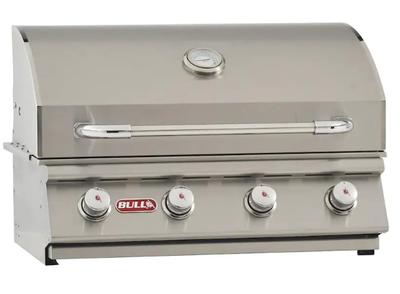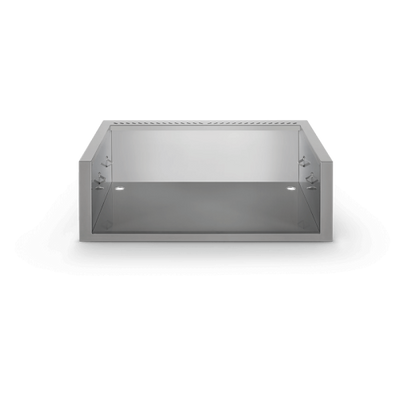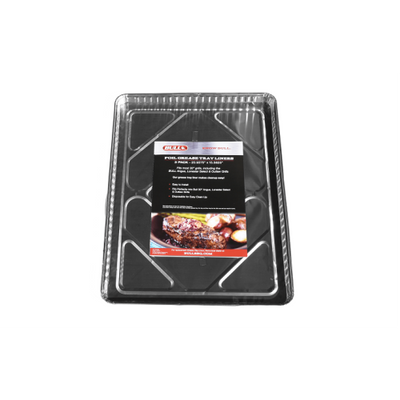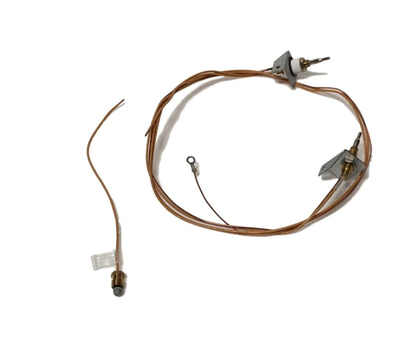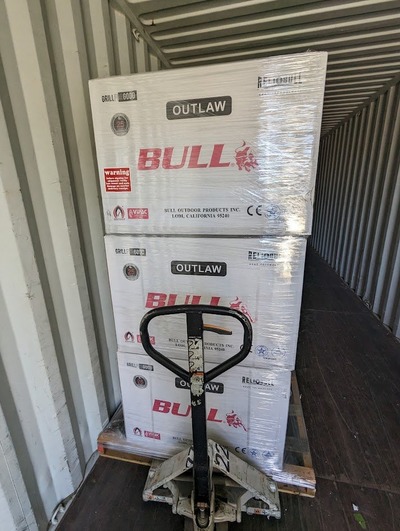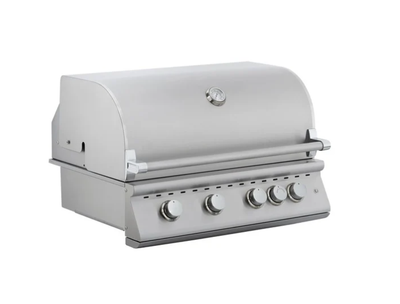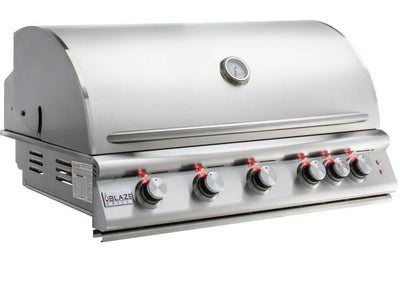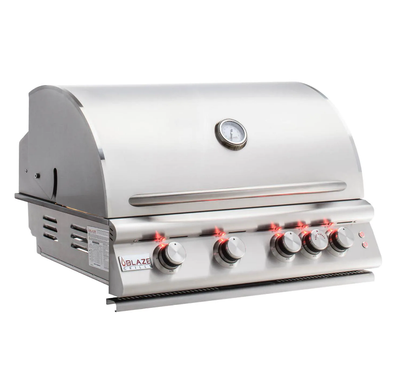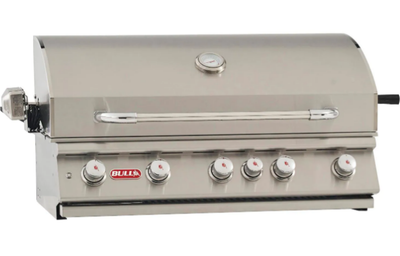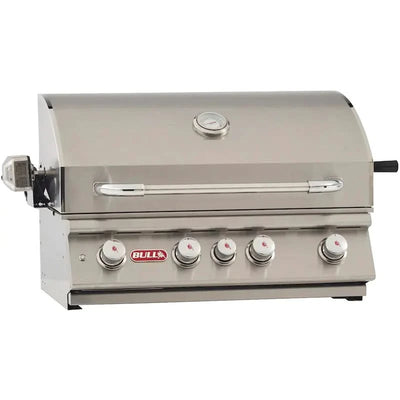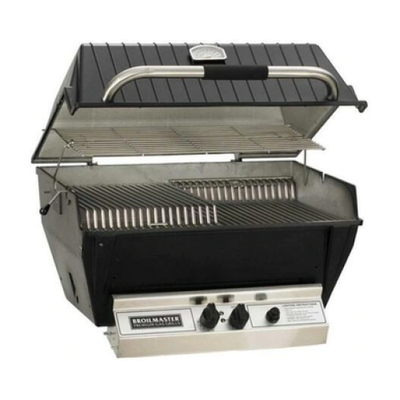The Best Materials for Outdoor Kitchens: A Comprehensive Guide

Why Material Selection Matters
Outdoor kitchens have surged in popularity as homeowners look to extend their living space and enjoy cooking in the open air. However, exposure to the elements means that choosing the right materials is essential for durability, efficiency, and aesthetics. The best outdoor kitchen materials should withstand weather extremes, resist wear and tear, and require minimal maintenance.
This guide explores the top materials for outdoor kitchens, focusing on their durability, appearance, and suitability for different climates and uses. Whether you're starting from scratch or upgrading an existing setup, this guide will help you make informed choices.

Choosing Durable Materials for Outdoor Kitchens
Durability is the foundation of any outdoor kitchen. The materials must endure exposure to rain, wind, snow, and intense sunlight without warping, fading, or deteriorating.
Below are some of the best options available to ensure longevity, functionality, and aesthetics in an outdoor kitchen setup.
Stainless Steel
A top choice for outdoor kitchens, stainless steel is known for its durability and sleek, modern look. It resists corrosion, mold, and stains, making it ideal for coastal and humid climates.
However, it can retain heat, show fingerprints, and requires regular cleaning.
-
Highly resistant to corrosion, ideal for humid or coastal environments
-
Sleek, modern aesthetic that complements contemporary outdoor designs
-
Minimal maintenance—resists mold, mildew, and stains
-
Retains heat and can become very hot under direct sunlight
-
Prone to fingerprints and scratches, requiring regular cleaning
-
Higher cost compared to other materials
Concrete
Concrete is a highly durable material that withstands temperature fluctuations and offers endless customization options. Available in various finishes, it provides a strong, modern look but requires sealing and proper reinforcement to prevent cracking.
-
Extremely durable and resistant to temperature fluctuations
-
Customizable with various textures, colors, and finishes
-
Low maintenance, requiring only occasional sealing
-
Heavy material that requires professional installation
-
Can develop cracks over time if not properly reinforced

Weather-Resistant Kitchen Materials
Outdoor kitchen materials should withstand seasonal changes while maintaining their structural integrity and aesthetic appeal.
Stone vs. Concrete Kitchen Islands
Natural Stone
Natural stone is a luxurious and durable option for outdoor kitchens, offering a timeless aesthetic while being resistant to heat, impact, and weather damage.
It requires minimal maintenance but is expensive and labor-intensive to install.
-
Exceptionally durable, resistant to weather damage, heat, and impact
-
Timeless aesthetic that blends well with outdoor landscapes
-
Minimal maintenance apart from periodic sealing
-
UV-resistant—does not fade or discolor under prolonged sun exposure
-
More expensive and labor-intensive to install
Concrete
A versatile and weather-resistant material, concrete kitchen islands can be customized to resemble high-end materials like stone. It is durable, heat-resistant, and relatively easy to maintain but may develop surface cracks if not reinforced properly.
-
Durable and weather-resistant, suitable for all climates
-
Customizable with textures, stains, and polishes to resemble high-end materials
-
Requires occasional sealing but is otherwise low-maintenance
-
Heat and scratch-resistant
-
May develop surface cracks if not properly reinforced
-
Heavy and requires a strong structural foundation

Best Countertop Materials for Outdoor Kitchens
Outdoor countertops must be durable, weather-resistant, and easy to clean to maintain their functionality and aesthetics over time.
Granite
A premium choice for outdoor countertops, granite is highly durable, scratch-resistant, and UV-resistant, ensuring it does not fade. While elegant and easy to clean, it requires periodic sealing and comes at a high cost.
-
Highly durable, resistant to scratches and heat
-
Naturally elegant with a variety of colors and patterns
-
Easy to clean and UV-resistant—does not fade in the sun
-
Expensive and heavy, requiring strong structural support
-
Needs periodic sealing to prevent stains and moisture damage
Quartz (Engineered Stone)
Quartz is a stylish, low-maintenance option that resists stains, scratches, and moisture. However, it is not fully heatproof and can discolor under prolonged sun exposure, making it less ideal for outdoor use.
-
Non-porous, stain-resistant, and low-maintenance
-
Highly durable and resistant to scratches and moisture damage
-
Offered in a diverse selection of colors and finishes to suit any style.
-
More expensive than some natural stones
-
Certain varieties may discolor or yellow with prolonged sun exposure
-
Not fully heatproof—can be damaged by direct heat from grills or burners

Best Outdoor Kitchen Cabinet Materials
Outdoor kitchen cabinets must endure moisture, heat, and UV exposure while providing ample storage and organization.
Marine-Grade Polymer
This synthetic material is completely waterproof and resistant to rot, warping, and insect damage. It requires minimal maintenance and comes in various finishes, though it lacks the natural aesthetic of wood or stone.
-
100% waterproof and resistant to warping, rotting, and insect damage
-
Corrosion-resistant and requires minimal maintenance
-
Available in multiple colors and finishes for aesthetic versatility
-
More expensive than traditional cabinet materials
-
Lacks the natural look of wood or stone
Teak Wood
Teak is a naturally weather-resistant wood that contains protective oils, making it durable against moisture and insects. While beautiful and long-lasting, it requires periodic sealing and oiling to maintain its appearance.
-
Naturally weather-resistant with protective oils against moisture, insects, and rot
-
Rich, warm tones enhance outdoor spaces
-
Can last for decades with proper care
-
One of the more expensive wood options
-
Requires periodic oiling and sealing to maintain appearance
-
Prone to fading, developing a silver-gray patina over time if untreated

Additional Considerations for Outdoor Kitchen Materials
When selecting materials, keep these factors in mind:
-
Climate: Coastal areas need salt-resistant materials like marine-grade stainless steel, while freeze-thaw cycles require non-porous options like granite.
-
Maintenance Needs: Consider how much upkeep you're willing to invest.
-
Budget: Find a balance between durability and cost.
-
Safety: Heat-resistant and non-slip surfaces improve usability and prevent accidents.

Tips for Maintaining Outdoor Kitchen Materials
To extend the life of your outdoor kitchen, follow these maintenance practices:
-
Regular Cleaning: Prevent dirt buildup by wiping surfaces frequently.
-
Sealing & Protecting: Annually seal porous materials like granite and concrete.
-
Use Covers: Protect appliances and cabinets using covers from extreme weather.
-
Annual Inspections: Check for cracks, rust, or damage and make timely repairs.
Conclusion
At Outdoor Kitchen Outlet, we provide top-quality materials and expert guidance to help you create the outdoor kitchen of your dreams. Whether you're looking for durable stainless steel cabinetry, elegant granite countertops, or weather-resistant teak wood, we have everything you need to design a stunning and long-lasting outdoor cooking space.
Our products are built to withstand the elements, ensuring durability and style for years to come. With expert support, unbeatable prices, and fast, reliable shipping, we make it easy to transform your backyard into the ultimate entertainment hub.
Call us today at (888) 667-4986 and let Outdoor Kitchen Outlet help you bring your vision to life!
 - Call
- Call 

